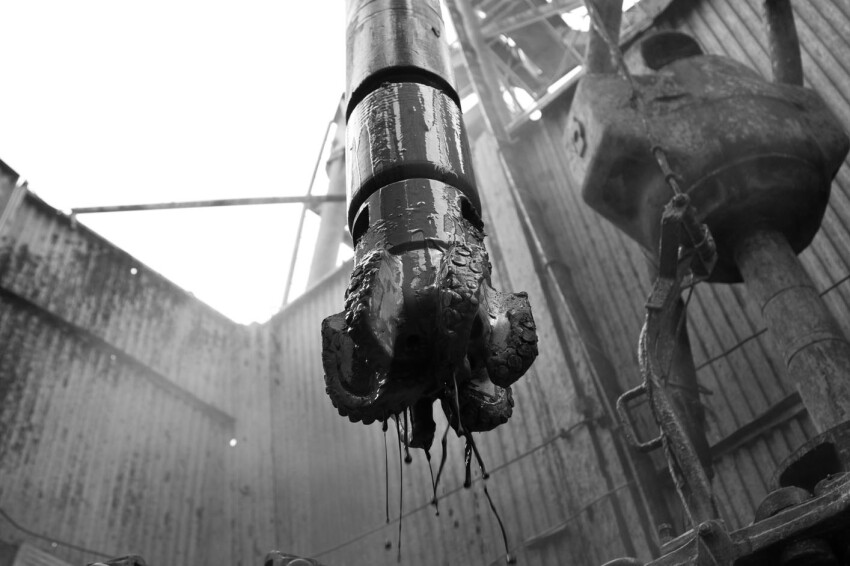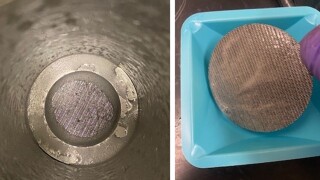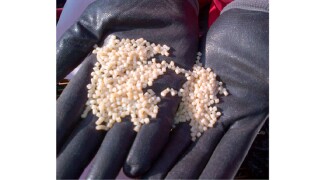Drilling/completion fluids
This research aims to develop a fluid-advisory system that provides recommendations for optimal amounts of chemical additives needed to maintain desired fluid properties in various drilling-fluid systems.
This paper describes development of a high-temperature water-based reservoir drill-in fluid using a novel synthetic polymer and customized with optimal chemical concentrations and sized calcium carbonate.
In this case study, a geomechanics-based approach was used to create bridging and sealing at the fracture aperture using a biparticle self-degradable lost-circulation-fluid system.
-
Not all friction reducers are created equal. With dozens of varieties on the market, industry research suggests that oil and gas companies be choosy.
-
Since the 1980s, many technical works have focused on improving the ability to detect hydrocarbons inside the riser and safely remove them from the system. This trend gained extra momentum with the advent of systems such as riser-gas handlers and managed-pressure drilling.
-
Operators face a dilemma in balancing the need for mud weight (MW) to remain below the fracture gradient to avoid losses, while also providing sufficient density to block influxes into the well.
-
This paper will show how stick/slip vibration distributions can be used to guide drillstring and parameter redesign to mitigate stick/slip in the next well.
-
This paper presents an approach to modeling the cuttings-lag-depth distribution caused by the dispersion of cuttings-transport velocity in directional drilling.
-
The use of organophilic clays as additives to provide proper rheological and filtration properties in nonaqueous drilling fluids (NADFs) has long been a topic of study. This paper introduced a modified rectorite designed for biodiesel-based drilling fluid (BBDF).
-
The reservoir section of a gas field offshore Sarawak, Malaysia, consists of two massive pinnacle carbonate structures with heterogeneous porosity and permeability and many vugs and faults.
-
Organophilic clays mixed in oil-based drilling fluids (OBDFs) do not exhibit the same viscosity or suspension characteristics as they do in water-based drilling fluids. A new mineral-oil-based drilling fluid (MOBDF) was created by replacing the conventional organophilic clay with a novel polymer.
-
It is no secret that drilling fluid is crucial in drilling operations. The main function of drilling fluids is to transport drill cuttings from the bottom of the hole up to the surface. Drill cuttings then will be separated on the surface before being recycled back for further drilling.
-
This paper discusses the successful design, laboratory testing, and performance of an innovative, low-solids, organophilic-clay-free invert-emulsion fluid (OCF-IEF) used to drill the reservoir section of an extended-reach-drilling (ERD) well.













